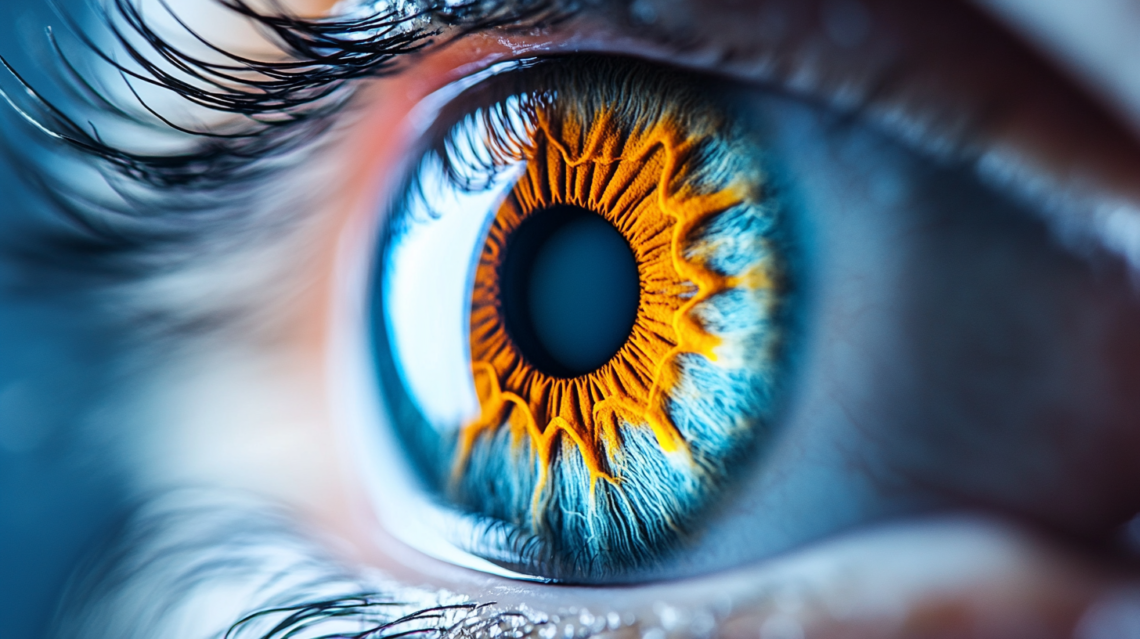
Inherited Retinal Diseases
Inherited retinal diseases (IRDs) are a group of eye disorders that lead to progressive vision loss, often resulting in severe impairment or blindness. Characterised by photoreceptor degeneration or dysfunction, these conditions affect the retina—the light-sensitive tissue at the back of the eye essential for vision. IRDs are both clinically and genetically heterogeneous, meaning they vary widely in symptoms, severity, and genetic causes. Disease onset can range from birth (congenital) to late adulthood, impacting individuals across all age groups.
What Are Inherited Retinal Diseases?
IRDs encompass a spectrum of disorders caused by genetic mutations that affect the retina’s function. The retina contains photoreceptor cells—rods and cones—that convert light into electrical signals sent to the brain. In IRDs, these photoreceptors degenerate or malfunction, leading to vision loss. Examples of IRDs include retinitis pigmentosa, Leber congenital amaurosis, Stargardt disease, and cone-rod dystrophy.
Causes and Genetics of IRDs
The genetic heterogeneity of IRDs means that mutations in different genes can cause similar retinal problems. Over 260 genes have been associated with these diseases. IRDs are inherited in various patterns:
- Autosomal Dominant: A single copy of the mutated gene from one parent can cause the disease.
- Autosomal Recessive: Two copies of the mutated gene, one from each parent, are necessary for the disease to manifest.
- X-Linked: The mutated gene is located on the X chromosome, affecting males more severely.
- Mitochondrial Inheritance: Mutations in mitochondrial DNA passed from the mother can lead to retinal diseases.
Genetic mutations lead to the production of defective proteins crucial for photoreceptor function, resulting in cell degeneration.
Symptoms and Onset
Symptoms of IRDs vary depending on the specific disease and may include:
- Night Blindness: Difficulty seeing in low-light conditions.
- Tunnel Vision: Loss of peripheral vision.
- Loss of Central Vision: Difficulty with detailed tasks like reading.
- Photophobia: Sensitivity to light.
- Colour Vision Deficiency: Trouble distinguishing colours.
The onset of symptoms can be:
- Congenital: Present at birth or early infancy, as seen in Leber congenital amaurosis.
- Childhood or Adolescence: Symptoms may appear during developmental years.
- Adulthood: Late-onset IRDs can manifest symptoms in middle age or later.
Diagnosis
Early and accurate diagnosis of IRDs is crucial for management and potential treatment. Diagnostic methods include:
- Comprehensive Eye Examination: Assessing visual acuity, field of vision, and retinal health.
- Electroretinography (ERG): Measuring electrical responses of photoreceptor cells.
- Optical Coherence Tomography (OCT): Imaging retinal layers to detect abnormalities.
- Genetic Testing: Identifying specific genetic mutations to confirm the type of IRD and inform family planning.
Treatment and Management
Currently, there is no cure for most IRDs, but treatments aim to slow progression and manage symptoms:
- Gene Therapy: Luxturna (voretigene neparvovec) is an approved gene therapy for RPE65 mutation-associated retinal dystrophy.
- Vitamin A Supplementation: May slow progression in some forms of retinitis pigmentosa.
- Low Vision Aids: Devices and training to maximise remaining vision.
- Clinical Trials: Ongoing research into stem cell therapy, optogenetics, and neuroprotective agents offers hope for future treatments.
References

